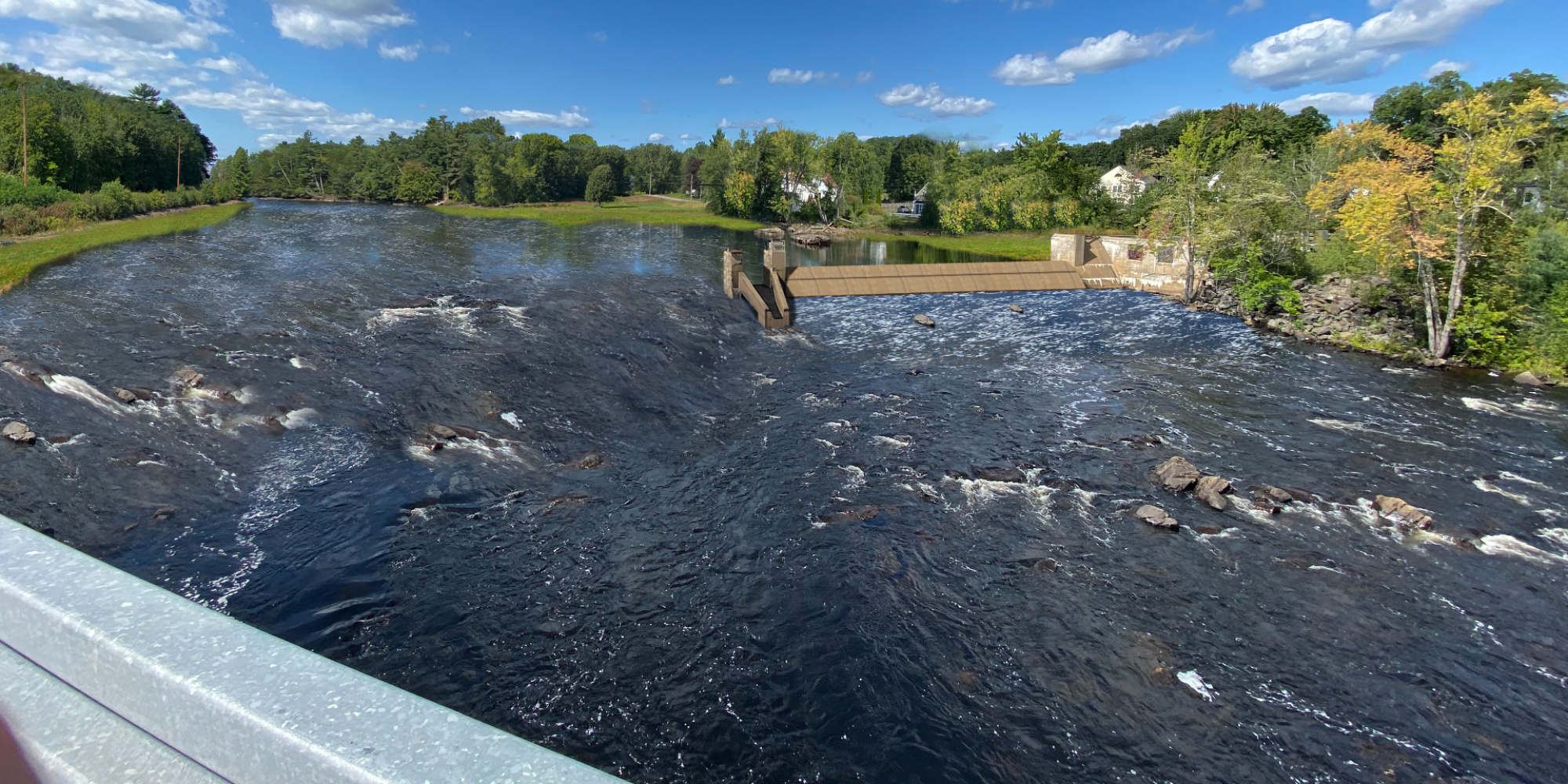Latest Information
August 2023: Final Study Plan – Bar Mills Hydroelectric Project
Background Information
Brookfield White Pine Hydro (BWPH) issued a Draft Study Plan on May 31, 2023 to provide the federal and state agencies, stakeholders and the general public with a description of studies and methodologies that BWPH intends to conduct in support of the Application for License Surrender and Decommissioning Plan for BWPH’s proposed partial breach of the Bar Mills Dam that will be filed with FERC. Studies will inform analysis of potential project effects and mitigation measures and provide information necessary for state and federal permit applications [e.g., Maine Department of Environmental Projection’s (MDEP) Maine Waterway Development and Conservation Act (MWDCA) and US Army Corps of Engineers (USACE) Section 401 permit applications].
Following consultation with the resource agencies on dam breach and removal options, BWPH issued a Preliminary Scoping Document (PSD) on August 1, 2022, describing the Project, and the proposed action for decommissioning of the project structures and surrender of the project license, including partial dam removal. Comments were requested to be submitted by September 1, 2022.
BWPH held a public informational meeting for the license surrender and decommissioning process, including presentation of plans for partial dam removal, for the Project at the Town of Buxton municipal office on August 2, 2022.
BWPH compiled a list of resource issues and studies to be conducted in 2022 and 2023, partially informed through public outreach, which was posted to the project website and distributed to stakeholders on December 5, 2023. BWPH requested that comments and additional study requests be submitted by January 6, 2023. See Section 5.0 for discussion of study requests received, which informed development of the Proposed Study Plan.
BWPH issued the Draft Study plan for 30-day agency and public comment and requested any comments be submitted in writing by June 30, 2023 to [email protected]. A summary of comments on the Draft Study Plan is provided in Section 4.0 and detailed responses are provided in Appendix A.
BWPH had intended to conduct all studies described herein during the summer and fall of 2023, with study results provided in the Draft Study Report to be issued for agency, stakeholder and public review in late 2023. However, due to the abnormally high level of precipitation in Maine and New England during the summer thus far and which are forecasted to continue, river flows that on average this time of year are in the 800 cfs range have been in the 5,000 to 6,500 range, making field and river access conditions unsafe. While BWPH currently still plans to conduct studies as flow conditions allow in the next 2-3 months, there is a high likelihood that field dependent studies may be postponed until 2024, which would result in a target issuance of a Draft Study Report in late 2024.
BWPH will file a Surrender Application and Decommissioning Plan with the FERC, likely in late 2024. This schedule may be subject to change as ongoing agency and public consultation continues and BWPH will keep FERC and the public apprised of any changes to the schedule. The current target schedule is provided on the Bar Mills Decommissioning website at: https://barmills.brookfieldusprojects.com/process-schedules/.
Additional opportunity for agency and public comment will occur as part of the development of the final Study Plan, issuance of the Draft and Final Study Reports and, upon issuance of the Draft Surrender Application and Decommissioning Plan, as part of the scoping process following the submittal of the Surrender Application and Decommissioning Plan to the FERC, as well as pursuant to the local, state and federal permitting processes. Additional information regarding the surrender process is available at https://barmills.brookfieldusprojects.com/.
Revision Date: 08/28/2023

